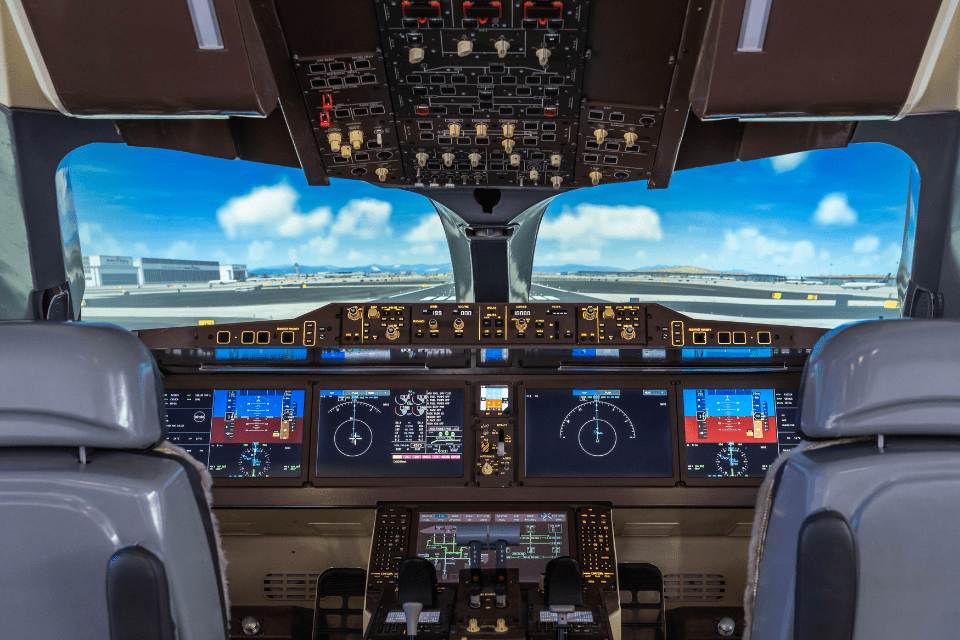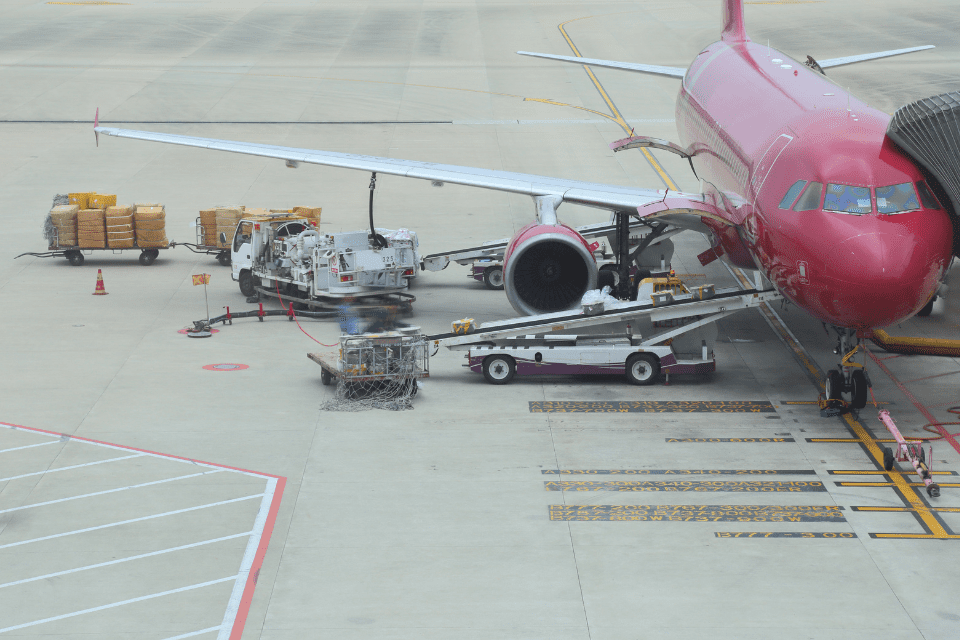Global air cargo growth declined sharply in November because of supply-chain disruptions. Partly due to Covid-19 restrictions, which left workers in quarantine, leading to labour shortages.
According to the International Air Transport Association, the demand for air freight rose 3.7% compared to the same month in 2019. This is less than the 8.2% increase in October, and it’s also lower than previous months, IATA stated.
CAS Air has seen freight as a rare light in a dark time, helping to offset low charter flights in Perth and globally because of strong demand from home-bound consumers. IATA observed that the economic environment is still positive, with China and America seeing double-digit increases in retail sales in November over two years, although the clogged supply chain is hurting businesses.
This has also been experienced by consumers in the form of empty shelves and limited product availability. The inventory-to sales ratio is still low. This is a positive sign for air cargo, as manufacturers are turning to air cargo to quickly meet demand.
Another positive factor for Perth air services is due to the recent rise in COVID-19 cases, many advanced economies have experienced strong demand for PPE shipments. And these shipments are typically carried by air.
Asia-Pacific airlines reported an increase of 5.2% in international air cargo volume in November 2021, compared with the same month in 2019. This was slightly lower than the 5.9 percent increase in November 2019. The region’s international capacity decreased slightly in November by 9.5% compared to 2019.
Willie Walsh, IATA’s Director General said “All economic indicators pointed towards continued strong demand, but the pressures of labour shortages and constraints across the logistics system unexpectedly resulted in lost growth opportunities. Manufacturers, for example, were unable to get vital goods to where they were needed, including PPE. Governments must act quickly to relieve pressure on global supply chains before it permanently dents the shape of the economic recovery from COVID-19.”
IATA represents more than 290 airlines and called on governments worldwide to immediately address supply-chain challenges. They included steps to ensure that aircrew operations aren’t hampered by Covid restrictions imposed for travellers, as well as providing incentives for labour shortages.
Sea transport is also affected by logistics snags. According to a German study by Fraunhofer CML and Container xChange, containers spent an average of five days at Chinese ports last year. This is compared to 61 days in 2020.
The study revealed that while containers are moving at record speed in and out of China, congestion in ports in the U.S. and Europe is slowing their return to the Asia-Pacific region and hindering the recovery of global ocean supply chain chains.
This resulted in a highly coordinated system that was out of rhythm. Last year, terminal closures at Shenzhen and Ningbo Zhoushan (China) were caused by COVID-19-related outbreaks. Also, delays occurred after a 400-metre-long ship blocked the Suez Canal. Each COVID-related incident is like a car accident, which stops all lanes.
The spread of the omicron Coronavirus variant has put the shipping industry on edge. They are waiting for the next problem that could halt operations. Europe saw pre-Christmas lockdowns in certain countries and additional restrictions in other parts of Europe erode confidence.
However, container shipping demand increased in the weeks prior to the Chinese New Year this week. This is when factories close temporarily, and exports drop. But then we can expect the lunar new year will likely be followed by restocking of depleted inventory.
Additionally, there is a shortage of drivers and a continuing high demand for trucking services. This is further aggravating the supply chain problems. Trucking is an essential link in the logistics chain. The driver shortage and quarantine rules governing returning truckers only add to the pressure on the already stressed logistics industry.
These extra demands on supply chains are causing increased interest in air freight to meet the demand of orders that are normally fulfilled by road or sea transportation.
Supply chains can have a disruptive effect on many industries. We’ve been able to provide support and effective solutions for a wide variety of new clients. Due to recent supply chain disruptions, retailers are contacting us more frequently.
When will capacity problems return to normal?
There is no sign of a slowdown in the demands that the global logistics industry is facing. If consumers continue to demand, and until trucking shortages are reduced and container circulation improves, disruptions will continue.
Why choose air over sea or land?
Airfreight is a safer, more reliable, and faster option than other transport options. Airfreight offers the fastest delivery times, often as fast as same-day delivery. This is the biggest benefit. Airfreight is the most cost-effective way to ship cargo, despite rising sea freight costs, instability in capacity, delays, and delivery delays, plus the lack of land transport, which offers fast arrival and departure times.
Why choose CAS Air?
Industries can take advantage of dedicated air charters in Perth to move their goods safely, quickly, efficiently, and securely. We offer a variety of Perth air services, including full-charter and partial charters that can be used to transport any size cargo. We have accessed more aircraft options to suit different cargo sizes. We can also tailor flights and flight programs to your specific requirements while ensuring that projects are completed from start to finish.
CAS Air’s, 30-years of industry experience and international relationships make it possible to find the right aircraft solution for you in a difficult time. Our experienced Perth charter flights and freight team is available to take care of all logistics and ensure smooth operations, contact Perth’s air service specialists today.











